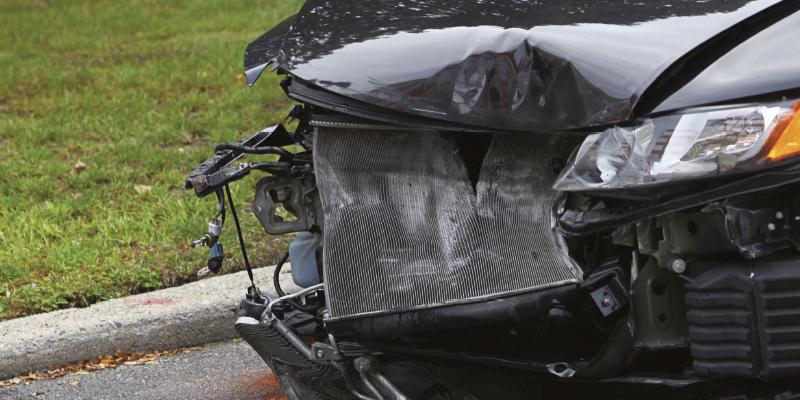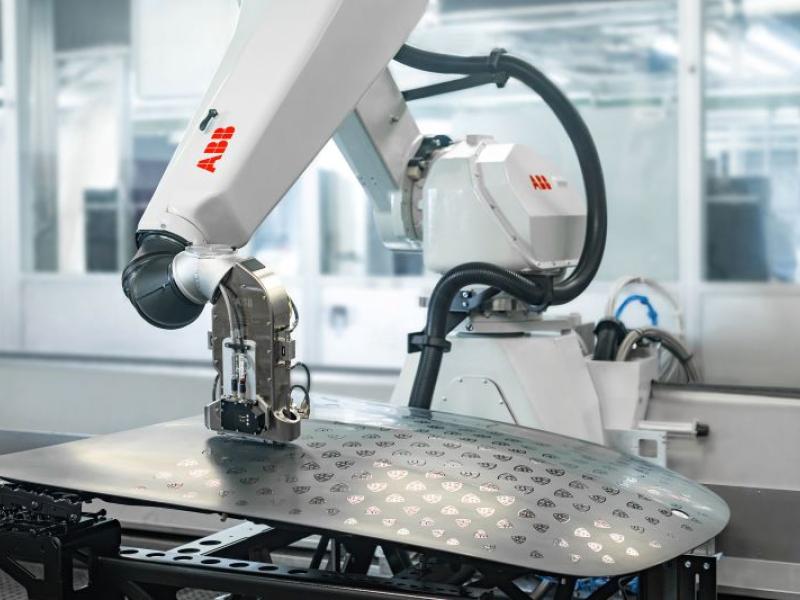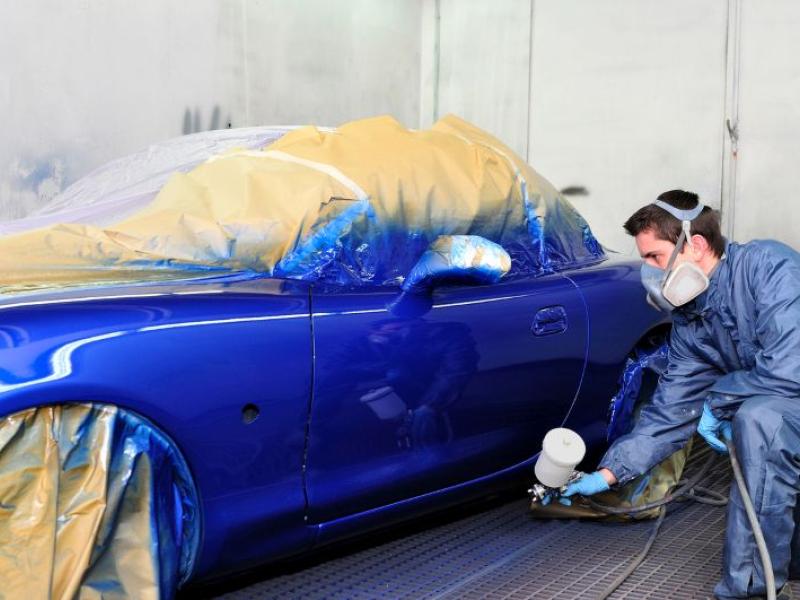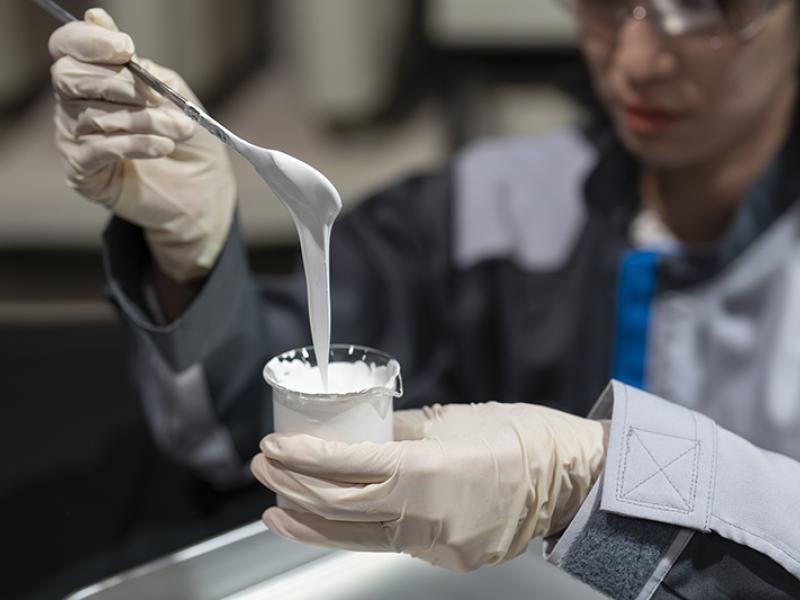IAG recently announced it would set up its first wholly owned repair shop in East Tamaki. This would be a trial run. They claim it is in response to clients enduring longer wait times to get their cars repaired and will integrate the repair service with the claims lodgement. IAG Australia is looking to also roll out a chain of repair shops in conjunction with the RAC. IAG includes Lumley, NZI, State and AMI.
Interestingly at the around the same time Suncorp in Australia (Who own Vero in NZ) has announced the sale of their S.M.A.R.T panel & paint repair chain (there are also five S.M.A.R.T sites in NZ). This comprises 175 shops with around a 30-40 percent market share. These were bought by AMA Capital who also own mega supplier ACM parts.
We reached out to Karen Knight CEO of Crash Management for her comment on the diametric moves: “There has been accelerating aggregation in the Australian market for over a decade and that resulted in four main groups, including what was the 90 percent SunCorp owned Capital S.M.A.R.T. group. They’ve achieved enormous scale and, it is assumed, economies of scale.”
“The reasons for SunCorp’s sale of the Capital S.M.A.R.T. have not been publicised, except to say that it resulted from an independent strategic review. It could be assumed that SunCorp discovered what the trade knew all along – collision repair is a capital intensive sector with a chronic skilled labour shortage, that is forced to deliver its service for half the hourly rate expected by any dealership mechanical service shop. Another factor is the rapidly accelerating complexity of new car construction technology, along with ever diminishing profit margins. To a degree SunCorp conceded as much in a recent comment about the sale decision, stating that ‘the increasing complexity of vehicle repair work was leading to changes in the industry.’
“IAG’s announcement of the imminent launch of their ‘first’ mega collision repair facility in East Tamaki may seem contrary to the SunCorp experience. Perhaps IAG believes they’ve learned from other’s mistakes and have discovered the secret-sauce that will win where others have not. Though SunCorp’s sale of S.M.A.R.T. & ACM groups for $400M can hardly be considered a failure at 20 x EBIT!”
The general manager of the Collision Repair Association (CRA) Neil Pritchard has branded the move anti-competitive and says it signals the erosion of consumer choice and competition in the industry.
“Our concern is that under a model where the insurer dictates the standard and scope of the repair, there will be no oversight in place to protect the consumer.
“Even seemingly minor or cosmetic repairs to modern vehicles may have underlying damage to sensitive radar and sensors – requiring specialist expertise and equipment to diagnose and effect suitable repairs – and it is important that motorists have a resolution structure in place which provides a degree of independence in the event of any issues,” he says.
Pritchard says there are also potential concerns around how this move will be communicated to customers.
“Existing customers of IAG may see the fine print of their terms and conditions simply adjusted when it comes to their annual renewal new customers may be required to ‘opt-out’ when applying for insurance for the first time or face higher premiums,” he says.
Pritchard says IAG’s claims that the new venture is necessary due to processing delays in the current repair network is merely a smokescreen for the introduction of a purely profit-driven strategy.
“We would like to see the insurer working more closely with existing repairers to help reduce repair times and communication with customers,” he says.
We asked Knight to comment on the longer wait times claim by IAG “IAG have already achieved fast claims lodgement and very automated assessing, their “Gold grade” authorised repairers are mandated to self-assess to a specified value. It’s far from an open cheque-book though and is subject to constant audit, and there is no tolerance for any mis-step. It is true though that repair service waiting times have blown out over the past two years. There are two factors driving that, the steadily increasing NZ car park, and the high number of business closures in the collision repair sector. This is particularly so of the smaller shops that have struggled with profitability in the current environment, though some well known medium sized repairers have also closed in the past two years. The combined affect has significantly skewed supply/demand, hence the long lead times from claim to repair.
“The reason for the general malaise the collision repair sector suffers from is that the industry is effectively controlled by its insurer ‘customers’, who dictate labour rates and times. The increasing dominance and resulting marginal returns to the trade are inverse to the escalating costs involved in equipment and advanced technical training required to repair modern vehicles to manufacturers’ specifications. The sector has been choked, it’s a common theme globally, and NZ is not immune. Extremely low margins and profitability have constrained collision repair operators’ ability to re-invest in their businesses as much as they would like to, and it has also driven down wages even for the most highly skilled. The flow on effect is increasing business closures, increasing exit from the sector of under-paid skilled labour, an ageing work-force and the low interest of school leavers in the trade. One solution to any tight market is aggregation and over the years there has been significant aggregation in the panel & paint trade which has resulted in the large-scale repair chains in the UK, USA & Australia. To a lesser extent it has also occurred in NZ on a more modest scale, though one family owned group in particular has been very successful and continues to grow steadily.
“S.M.A.R.T. repairs (small medium area repair techniques) were developed to quickly remediate minor cosmetic damage – small dents, scrapes, and paint scratches. SM.A.R.T. repair facilities are designed similar to a factory production line to streamline and eliminate delays between tasks. It relies on both skilled and semi-skilled labour working in combination on one vehicle at various stages of production. This more scientific approach to collision repair was developed some years ago when vehicle construction was much simpler than it is today. For instance, little skill or training was required to remove or refit a plastic bumper cover. But now bumpers are loaded with sensors and electronics, so handling is beyond the skill level of an entry-level labourer. Once simple body construction and components are now so sophisticated that they must be electronically re-calibrated after repair, including common body parts like bumpers, windscreens and even mirrors. This increasing level of complexity (and time) may no longer fit with the original S.M.A.R.T. objectives of one, two, or three day turn-around times.”






